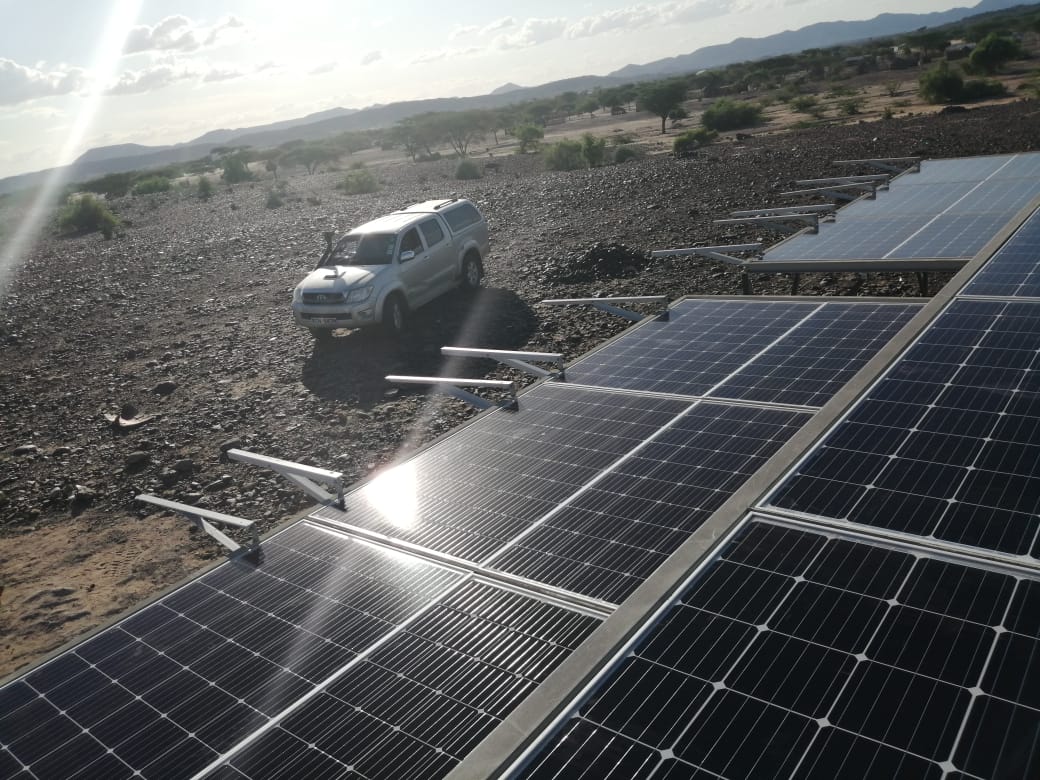In September this year, Kenya signed a deal with China that will see the latter aid the former build a nuclear power plant by 2025. The plant is scheduled to produce 1000MW of electricity. The deal, announced by the Kenya Nuclear Electricity Board (KNEB), was lauded by the International Atomic Energy Agency (IAEA).
The deal also saw over 10 students fly to South Korea to study nuclear power engineering and will see the country join South Africa as the only two Sub-Saharan nations who have invested in nuclear energy. (South Africa already has active plants).
The deal got me thinking; it got me asking questions like: Why is Kenya investing in this technology when first world countries like Germany want to phase out nuclear power plants by 2022? Is the Energy Ministry not alive to nuclear disasters like Ukraine’s Chernobyl disaster and lately the Fukushima Daiichi incident that saw, following a major earthquake, a 15-metre tsunami disable the power supply and cooling of three reactors, causing a nuclear accident on 11 March 2011 with the unfortunate event releasing massive amounts of harmful radiation (radioactive isotopes) into the environment?

Of course, a coin is never one-sided. Nuclear energy has its pros. For instance, the generation of electricity through nuclear energy reduces the amount of energy generated from fossil fuels (coal and oil) meaning lower greenhouse gas emissions (CO2and others). Moreover, nuclear energy translates to less fuel for more energy. The technology represents a significant save on raw materials, transport, handling and extraction of nuclear fuel. The cost of nuclear fuel is 20% that of the cost of energy generated. And with about 69 per cent of Kenyans living in homes without electricity; one nuclear power plant could provide up to 1,000 megawatts of power for those homes.
But as a nation that has witnessed the aforementioned nuclear disasters, are we going to standby by as others declare the technology redundant? As we move towards where others are relocating from, let’s have one hard fact in mind: Many countries, after extensive consultation and research, seem to have plucked a page out of Homer’s Iliad and are on an odyssey away from nuclear power.
The reasons for this move are due to among others the management of nuclear waste which takes many years to eliminate; nuclear reactors’ expiration dates ; nuclear plants’ limited life; nuclear power plants being a major objective of terrorists; their generation of external dependence which paints a scenario where not many countries have uranium mines and not all the countries have nuclear technology, so they have to hire both from overseas, thereby presenting an extra cost.
But the most alarming con has to be the use of the nuclear power in the military industry. The first use of nuclear power was the creation of two nuclear bombs dropped on Japan during World War II.
With the other side of the coin presented in such a vivid manner, it is no wonder countries are going green; green in the sense of wind, solar, and wave energies among others. These energies are in abundance. That’s why opponents are against the move by the Energy Ministry.
Although we are barely 15 years away from the year, 2030, where the former regime conjured the Vision 2030 blueprint, (a project that requires massive amounts of energy to materialize), many opponents believe that we can achieve the envisaged Vision through green energy if projects like the Dane-funded Turkana Wind Power Project and the current project being rolled out and other creative minds under Strauss Energy Limited, offering a two in one solar tile (Stima Tile) is anything to go by.




